Laboratory of Theoretical Chemistry (LTC)
Presentation
Expertise
The expertise of LCT is mostly centered on ab initio approaches, wave-function and density functional theory (DFT) methods, with a recent and new interest in embedding and QM/MM (Quantum Mechanics/Molecular Mechanics) techniques to describe complex environments. On the one hand, many molecular properties have been determined at coupled cluster and multi-reference wavefunction levels. Moreover, the LCT masters the different DFT approximations, in particular the selection of exchange-correlation functionals, for which several investigations have been reported in the past (long-range Coulombic, exchange, and correlation effects). On the other hand, molecular dynamics simulations were employed to produce representative snapshots of dynamical systems before evaluating their properties using ab initio/embedding methods. The Lab is comfortable in using several packages, including Gaussian, GAMESS, Dalton, Turbomole, MolPro, MOPAC, NAMD, DICE, CRYSTAL. The LCT also elaborates its own codes, which can be interfaced with the above programs. In several instances, the LCT developments have been integrated in codes, including GAMESS and Dalton. Recently, the lab has developed visualization tools to interpret the output data of quantum chemistry calculations. These applications (available on the Apple store: DrawMol, DrawSpectrum, DrawVib, and DrawProfile) can represent, like many similar tools, the orbitals, electron/spin density, charges, and vibrational normal modes but they also enable analyzing more evolved properties like NMR data (including filed-induced currents), (hyper)polarizability tensors, spectra (UV/Vis, circular dichroism, IR, Raman, vibrational circular dichroism), reaction profiles, …
Research axis
- Designing multi-function, multi-state, and multi-addressable molecular switches.
- Predicting the second and third-order scattering responses of small molecules including vibrational contributions and high-order electron correlation contributions.
- Studying structural, thermodynamical, and optical aspects of the thermochromism of molecular crystals and co-crystals by using periodic boundary condition calculations and multiscale methods combining ab initio calculations and electrostatic interactions schemes.
- Understanding the catalysis and reaction mechanism of Mukaiyama aldol and 3+2 cycloaddition reactions.
- Predicting the properties and vibrational/spin signatures of radicals and diradicals.
- Studying the interplay between the chemical structures of Lewis acids and bases and the formation of adducts or frustrated pairs.
- Unraveling the structure of fluorescent protein chromophores by simulating their UV/vis absorption and resonance Raman spectra.
- Deducing relationships between the structures and nonlinear optical responses of a broad range of molecular systems, including polyoxometalate derivatives, chromophore-counterion pairs, peptides, and fluorescent proteins.
-
Highlighting and understanding the signatures of chirality in molecules and aggregates.
-
Studying the linear and nonlinear optical properties of molecular crystals by using multiscale methods combining ab initio calculations and electrostatic interactions schemes.
-
Designing organic dyes exhibiting thermally-activated delayed fluorescence, room temperature phosphorescence, and triplet-triplet annihilation.
-
Designing organic dyes exhibiting thermally-activated delayed fluorescence, room temperature phosphorescence, and triplet-triplet annihilation.
Lab activities
From atomistic to subatomistic computational simulations
UNamur, May 23-24, 2019
4th March 2016 - UNamur - New material for nonlinear optics
University of Namur, Namur, Friday 4th March 2016
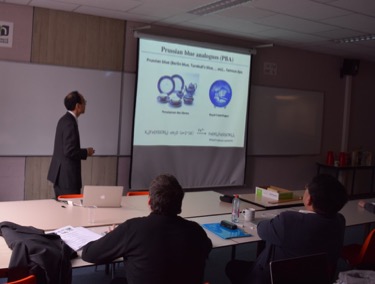 | |||
|---|---|---|---|
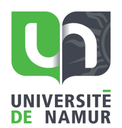 |
  |
z |  |
29 JANUARY 2016 : Nonlinear optics: when theory meets experiment
University of Namur
January 29th 2016
Auditorium CH02, 2 rue Grafé à Namur
 | 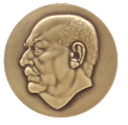 |  |  |  |
|---|
10-13 September 2014: [16th ESCMQC - Houffalize]
16th European Seminar on Computational Methods in Quantum Chemistry
September 10-13 2014
Ol Fosse d’Outh, Houffalize,
 |  | ||
|---|---|---|---|
 |
 |
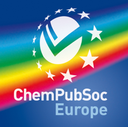 |
 |
21-23 November 2013:
The "march" meeting: A Symposium in honor of Norman march
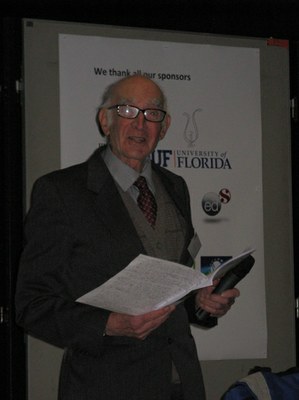 |
May 2012: [St Céré seminar]
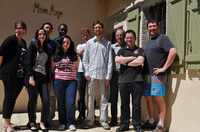 |
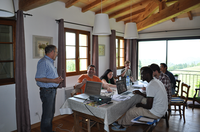 |














 LCT_1.pdf
LCT_1.pdf








